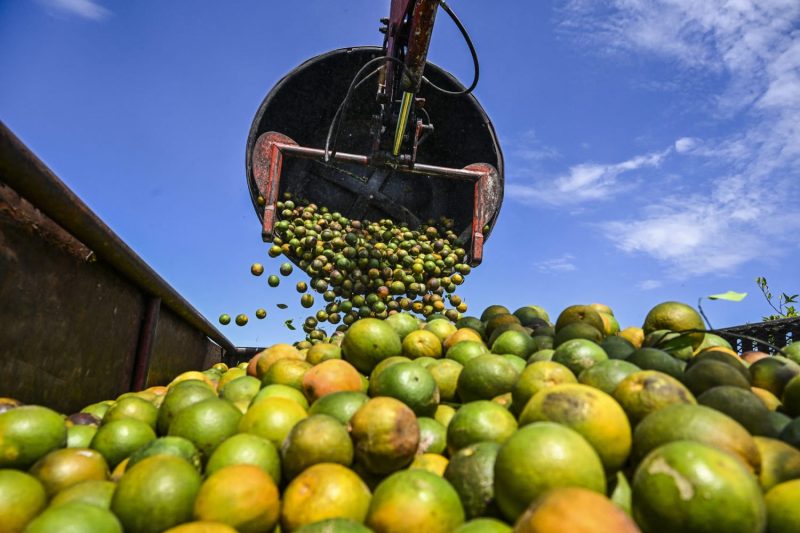Orange Juice: The Price You Pay for Purity
The process of producing orange juice may seem straightforward: squeeze some oranges, filter the juice, and sell it in a carton. However, the reality is far more complex and explains why orange juice comes at a premium price compared to other beverages.
Quality Control Mechanisms
One of the main reasons for the high cost of orange juice is the rigorous quality control mechanisms in place throughout the production process. Freshly squeezed orange juice is susceptible to contamination by bacteria, yeast, and mold, which can compromise its safety and shelf life. To combat this, orange juice producers invest heavily in sophisticated technology and equipment to ensure that every drop of juice is pure and safe for consumption.
Oranges Are Not Always in Season
Unlike other beverages that can be produced year-round, orange juice production is limited by the seasonality of oranges. Oranges are typically harvested between November and June in the northern hemisphere, which means that orange juice production is constrained to this period. As a result, the limited supply of fresh oranges drives up the cost of orange juice during the off-season when demand remains high.
Labor-Intensive Processing
Producing orange juice involves a labor-intensive process that adds to the overall cost of the product. From picking and sorting the oranges to extracting and packaging the juice, each step requires skilled labor and meticulous attention to detail. Additionally, orange juice production often involves manual labor to ensure that only the highest quality oranges are used, further contributing to the high production costs.
Transportation and Storage
Another factor that contributes to the high cost of orange juice is transportation and storage. Oranges are highly perishable fruits that require careful handling and refrigeration to maintain their freshness and flavor. This necessitates a complex logistics network to transport the oranges from the groves to the processing plants and then to the distribution centers and retailers. The costs associated with transportation, storage, and handling are passed on to the consumers, making orange juice a pricier option compared to other beverages.
Marketing and Branding
The orange juice market is highly competitive, with numerous brands vying for consumers’ attention. To stand out in the crowded marketplace, orange juice producers invest heavily in marketing and branding campaigns to promote their products. These marketing efforts add to the overall cost of orange juice, as companies pass on the expenses incurred in advertising and promotion to the consumers.
In conclusion, while orange juice may seem like a simple and refreshing beverage, the high cost associated with its production reflects the complexities and challenges faced by the orange juice industry. From stringent quality control measures to labor-intensive processing and seasonal limitations, multiple factors contribute to the premium price of orange juice. Despite the higher cost, many consumers are willing to pay for the purity and freshness of orange juice, making it a staple in households around the world.

